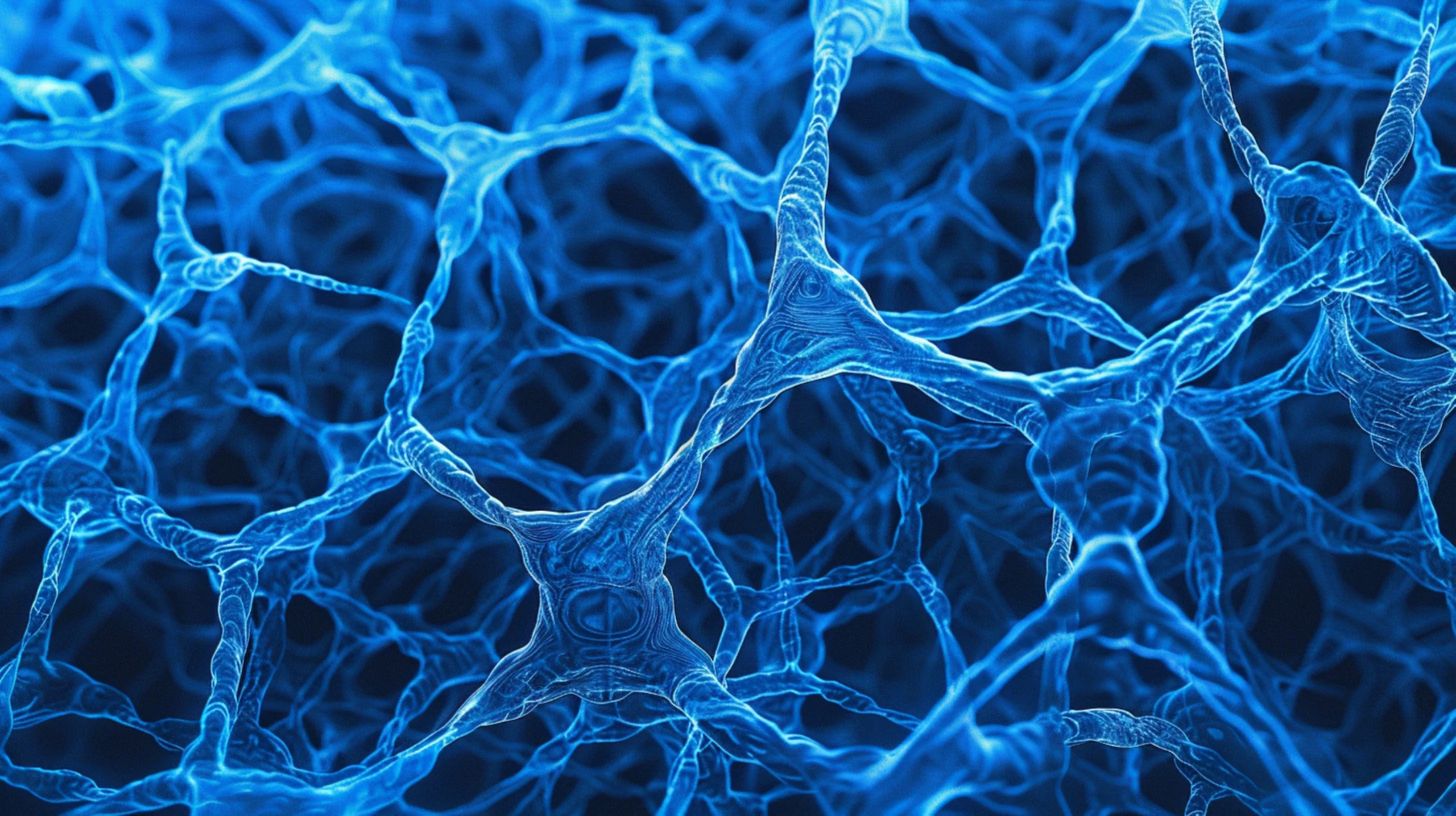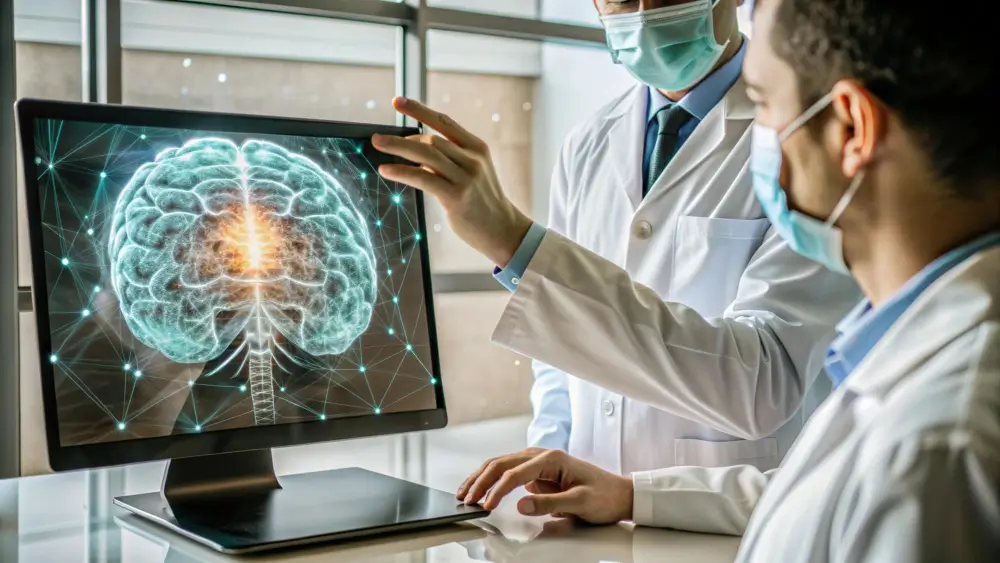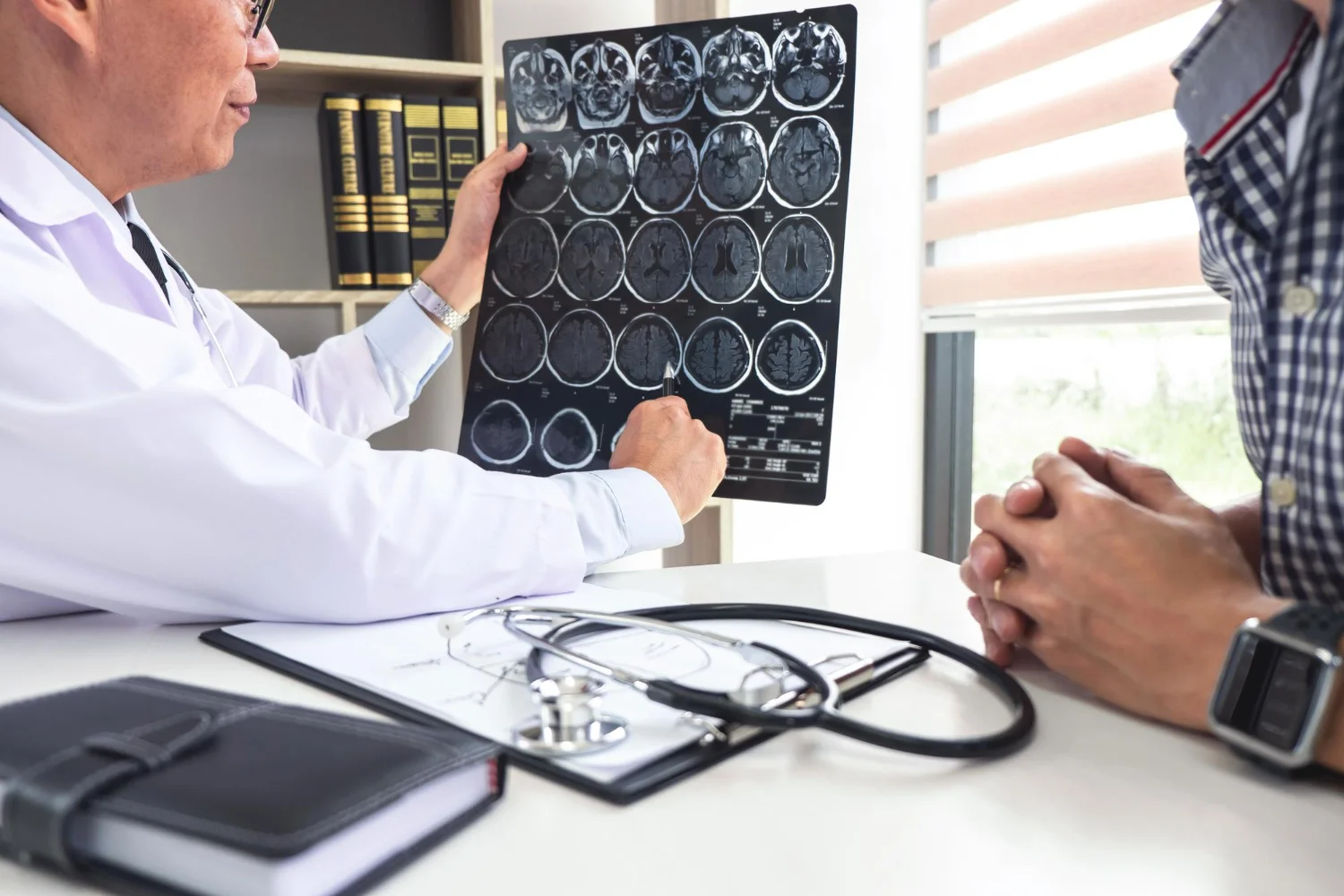Stroke Therapy That Works – A Smarter Path to Recovery
A stroke can change a life in moments. It can leave individuals and families searching for answers on how to treat it effectively. The journey to recovery begins with understanding that stroke therapy is not a one-size-fits-all approach. Each patient’s needs are unique. And the right treatment plan can make all the difference. Whether it’s regaining mobility, improving speech, or rebuilding confidence, timely and personalized care is key. Strokes come in two main types: Ischemic, caused by a blockage in a blood vessel Hemorrhagic, caused by bleeding in the brain Both require urgent attention. However, the approach to stroke treatment varies depending on the type and severity. Starting treatment early improves outcomes, reduces complications, and leads to better recovery. This article explores the full spectrum of stroke care. We will start with emergency interventions and finish with long-term therapy, with insights from GA Neuro’s expert team.

From Emergency to Action – Your Acute Stroke Treatment Options

When a stroke occurs, every second counts. Acute stroke treatment is the first line of defense. Its purpose is to stop damage and stabilize the patient. Quick action can make the difference between recovery and long-term disability. The best stroke treatment depends on whether the stroke is ischemic or hemorrhagic. And understanding the available stroke treatment options is critical.
For ischemic stroke treatment, the goal is to restore blood flow to the brain. Clot-busting drugs, like tissue plasminogen activator (tPA), are often used. However, these drugs are only effective within a narrow time window – typically 4.5 hours from symptom onset. In some cases, doctors may perform a thrombectomy. It’s a procedure to physically remove the clot. These treatments can significantly reduce brain damage if done quickly.
Hemorrhagic stroke treatment, on the other hand, focuses on:
- Controlling bleeding
- Reducing pressure in the brain
This may involve medications to lower blood pressure or surgery to repair damaged blood vessels. In severe cases, craniotomy or coiling are used. These procedures help prevent further complications. No matter the approach, rapid intervention is essential. It helps protect brain function and improve chances of recovery.
Our emergency stroke team is trained to assess and act swiftly to ensure the best outcomes. They ensure patients receive the right care at the right time. We prioritize speed and precision to maximize the effectiveness of acute interventions.
Personalized Rehabilitation – The Core of Stroke Recovery

Our stroke rehabilitation typically includes:
- Physical Therapy. This helps restore movement, strength, and balance. Exercises focus on improving coordination and preventing muscle stiffness.
- Occupational Therapy. We teach patients to regain daily skills such as dressing or cooking, which helps promote independence.
- Speech Therapy. We address communication difficulties, including speaking, understanding, and swallowing, which are common after a stroke.
The modern technology we use plays an important role in enhancing post stroke care. Tools like robotic-assisted therapy, virtual reality, and biofeedback systems make exercises more engaging and effective. Our specialists — neurologists, therapists, and rehabilitation nurses — work together to create a plan that evolves with the patient’s progress.
Once the immediate crisis is managed, the focus shifts to stroke rehabilitation. Rehabilitation is a cornerstone of stroke recovery. Rehabilitation is about rebuilding a person’s skills and independence. It’s tailored to each patient’s unique challenges. Whether it’s relearning to walk, speak, or perform daily tasks, a personalized plan is essential.
At GA Neuro, rehabilitation is more than therapy – it’s a partnership. Our team assesses each patient’s needs. We set realistic goals and use evidence-based methods to achieve results. This patient-centered approach ensures that recovery is not just possible but sustainable.
Ongoing Stroke Therapy – Supporting Long-Term Progress
Once the immediate crisis is managed, the focus shifts to stroke rehabilitation. Rehabilitation is a cornerstone of stroke recovery. Rehabilitation is about rebuilding a person’s skills and independence. It’s tailored to each patient’s unique challenges. Whether it’s relearning to walk, speak, or perform daily tasks, a personalized plan is essential.
Our stroke rehabilitation typically includes:
- Physical Therapy. This helps restore movement, strength, and balance. Exercises focus on improving coordination and preventing muscle stiffness.
- Occupational Therapy. We teach patients to regain daily skills such as dressing or cooking, which helps promote independence.
- Speech Therapy. We address communication difficulties, including speaking, understanding, and swallowing, which are common after a stroke.
The modern technology we use plays an important role in enhancing post stroke care. Tools like robotic-assisted therapy, virtual reality, and biofeedback systems make exercises more engaging and effective. Our specialists — neurologists, therapists, and rehabilitation nurses — work together to create a plan that evolves with the patient’s progress.
At GA Neuro, rehabilitation is more than therapy – it’s a partnership. Our team assesses each patient’s needs. We set realistic goals and use evidence-based methods to achieve results. This patient-centered approach ensures that recovery is not just possible but sustainable.
Ongoing Stroke Therapy – Supporting Long-Term Progress
Recovery doesn’t end when rehabilitation begins to show results. Long-term ischemic stroke treatment is vital for maintaining progress and preventing setbacks. This phase focuses on sustaining physical gains, supporting emotional well-being, and adapting to a new way of life. For many, it’s about finding a balance between therapy and lifestyle changes.
Key elements of our ongoing stroke therapy include:
- Lifestyle Adjustments. Eating a heart-healthy diet, staying active, and managing conditions like blood pressure or diabetes reduces the risk of another stroke.
- Emotional Support. Counseling or support groups help patients and families cope with the psychological impact of stroke. Depression or anxiety are common at this stage.
- Regular Follow-Ups. Check-ins with doctors ensure therapy stays on track and adjustments are appropriate.
How to treat stroke in the long term also means addressing the whole person. GA Neuro emphasizes holistic care. We offer resources like nutrition counseling and stress management during therapy. Our team works closely with patients to build routines that promote health and confidence. By staying committed to consistent care, patients can achieve lasting improvements in life.
Georgia Neurology stands out as a trusted partner in this journey. Our experienced clinicians provide ongoing support. This helps patients navigate challenges and celebrate milestones. With a focus on empowerment, we guide individuals toward a future defined by progress, not limitations.
Choosing the Right Stroke Treatment Plan with GA Neuro

Navigating stroke care can feel overwhelming. However, our team makes it simpler by offering comprehensive, patient-centered solutions. From acute stroke treatment to stroke rehabilitation, we deliver expert guidance at every stage. We combine experience, innovation, and compassion to create stroke treatment options that work.
What sets GA Neuro apart?
- Expertise. Our board-certified doctors specialize in stroke care. This ensures they stay current with the latest advancements.
- Personalization. Every plan is tailored to the patient’s medical history, goals, and lifestyle. It ensures the best stroke treatment for their needs.
- Innovation. We use cutting-edge therapies and advanced diagnostics.
- Support. Our stroke rehabilitation center prioritizes clear communication. It involves patients and families in every decision.
Whether delivering life-saving interventions or designing long-term therapy plans, Georgia Neurology is committed to excellence. Our approach ensures that patients don’t just survive a stroke – they thrive. We address both immediate and ongoing patient needs. This approach helps individuals reclaim their lives with confidence.